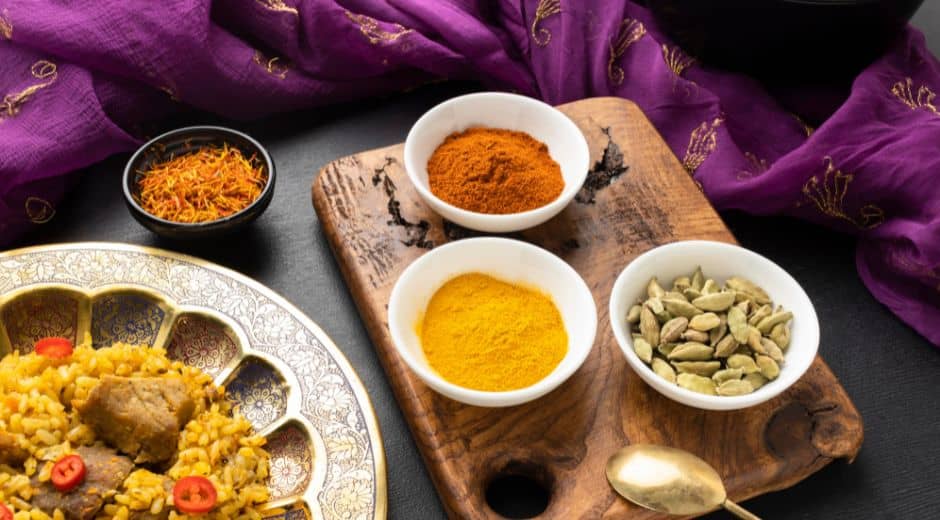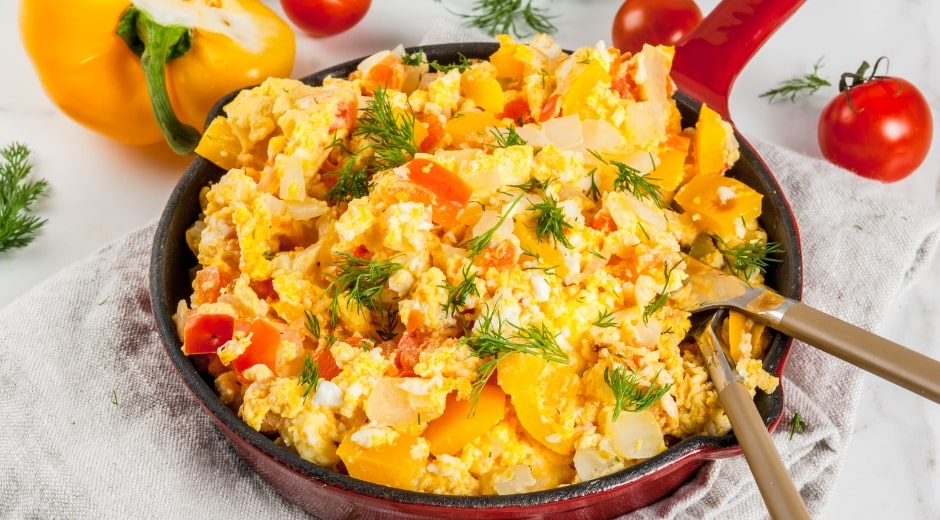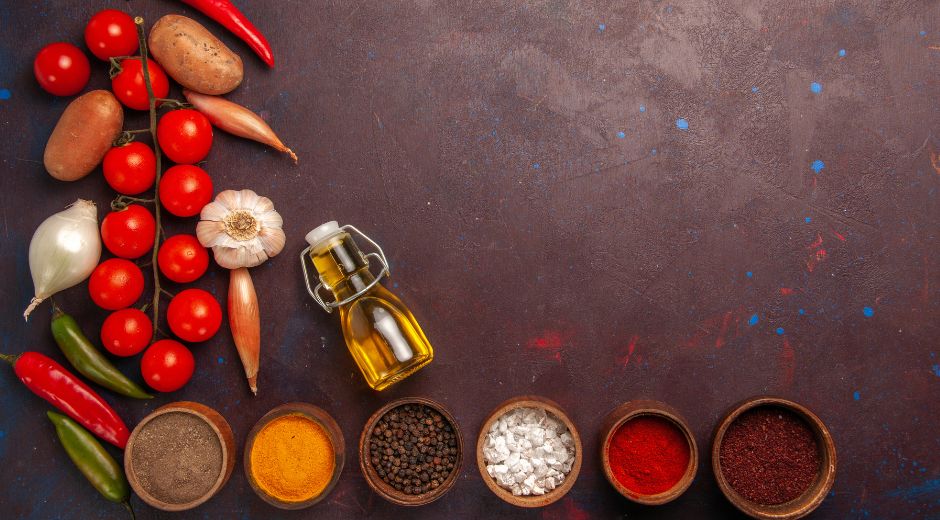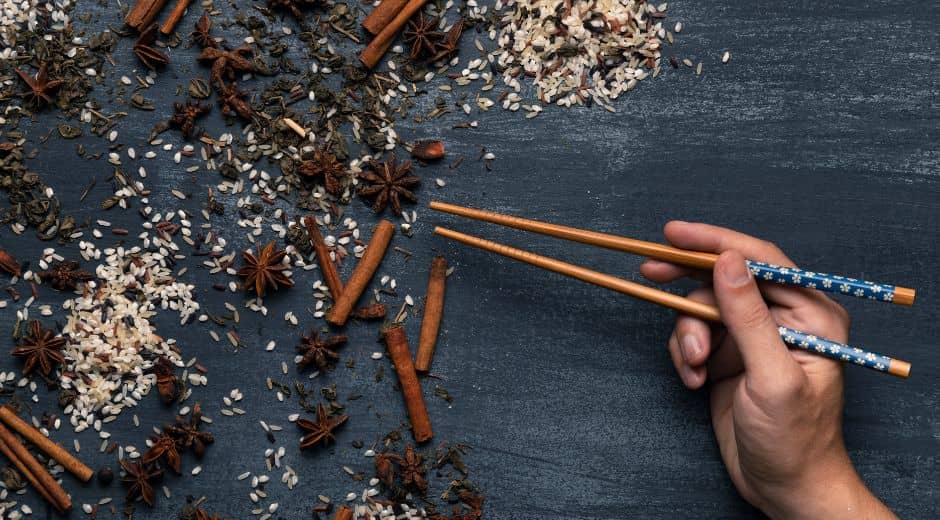8 Iconic Indian Ingredients That Bring Flavors to Life
8 Iconic Indian Ingredients That Bring Flavors to Life
The cuisine of the subcontinent is celebrated worldwide for its bold tastes, rich aromas, and colorful presentation. The magic behind these dishes often lies in a few Indian ingredients that have defined culinary traditions for centuries. Each ingredient has a story, a purpose, and a unique way of bringing flavors to life. From ancient spice routes to modern kitchens, these ingredients have shaped what the world recognizes as authentic subcontinental cooking. Here are eight iconic ingredients that every food enthusiast should know about.
1. Turmeric (Haldi)
Turmeric is perhaps the most recognizable Indian spice, instantly identifiable by its golden hue. Known for its earthy flavor and vibrant color, turmeric has been a staple in Indian kitchens for thousands of years. Traditionally, it was used not just in cooking but also in rituals, medicine, and even fabric dyeing. In dishes like curries, turmeric brings warmth and depth, while in golden milk or teas, it offers healing properties. Its presence in a meal signals authenticity and adds a layer of history—making turmeric more than a flavor, but a symbol of Indian tradition and wellness.
2. Cardamom (Elaichi)
Cardamom is one of the most aromatic Indian spices, prized for its sweet and slightly citrusy flavor. Used in both desserts like kheer and beverages like masala chai, cardamom adds a delicate fragrance that elevates any dish. Historically, cardamom traveled along ancient spice routes, making it a key ingredient in global trade and firmly establishing its importance in Indian kitchens. Today, a pinch of cardamom can transform ordinary dishes into celebrations of taste, showcasing the elegance and sophistication of Indian cooking.
3. Mustard Seeds (Rai)
Small but mighty, mustard seeds are fundamental to many traditional dishes. When tempered in hot oil, they release a nutty aroma that forms the base of countless curries, pickles, and vegetable dishes. Mustard seeds tell a story of regional diversity; in southern regions, they are essential for tempering, while in eastern areas, they are used for pickling. Their pungent yet subtle flavor is an example of how even the simplest ingredient can define the character of a dish.
4. Asafoetida (Hing)
Asafoetida is a potent ingredient known for its strong aroma, but its flavor transforms when cooked, creating depth and umami in vegetarian dishes. Commonly used in lentils, beans, and curries, this spice has been a part of subcontinental kitchens for centuries. Beyond taste, it has been valued for digestive benefits, reflecting the holistic approach of local culinary tradition, where ingredients nourish both body and palate. Its use demonstrates how even pungent spices can become culinary art.
5. Fenugreek (Methi)
Fenugreek seeds and leaves add a slightly bitter yet aromatic flavor to curries, breads, and pickles. Fenugreek is deeply rooted in regional cooking, where it is valued for both its taste and medicinal properties. Its bitterness balances rich, spicy flavors, showing the thoughtful layering of subcontinental cuisine. Many regional dishes rely on fenugreek to achieve a distinct character, from the hearty curries of Punjab to the tangy sambar of southern kitchens. This ingredient demonstrates how even subtle flavors can shape a dish’s identity.
6. Saffron (Kesar)
Saffron is synonymous with luxury, celebration, and intricate flavors. Its delicate aroma and golden color elevate biryanis, desserts, and ceremonial dishes. Historically, saffron traveled from Persia to Mughal kitchens, where it became a symbol of prestige and refinement. A few strands can transform a simple dish into a masterpiece, reflecting how subcontinental cuisine values aroma, color, and taste equally. Its rich history connects kitchens across centuries, making saffron an ingredient that embodies both flavor and storytelling.
7. Tamarind (Imli)
Tamarind brings a tangy, sour note that brightens curries, chutneys, and snacks. It is a vital ingredient in southern and western regions, offering contrast and balance to spicy and sweet flavors. Tamarind’s journey from tree to table is a story in itself, as it has been cultivated for generations to add complexity and richness to dishes. Its ability to enhance other ingredients shows the depth and sophistication of regional cooking. For travelers or food enthusiasts, exploring tamarind’s uses is a great way to understand the layering of flavors in authentic cuisine, and more stories can be discovered at TripBeyondTravel.
8. Chili Peppers (Lal Mirch)
Chili peppers, though introduced from the Americas, are now inseparable from subcontinental cooking. They bring heat, vibrancy, and intensity to dishes, creating bold flavors loved worldwide. From fiery curries in Andhra Pradesh to subtle spice blends in Gujarat, chili peppers showcase the adaptability and creativity of local cooks. Their story is one of cultural exchange and transformation, illustrating how foreign ingredients can become essential in defining taste profiles.
Conclusion
These eight ingredients are more than mere staples—they are storytellers. Each carries centuries of history, trade, and culinary wisdom. The earthy warmth of turmeric, the sweet aroma of cardamom, the fiery kick of chili, and the tang of tamarind all work together to create layers of taste, making subcontinental cuisine uniquely complex and unforgettable.
For more insights into regional culinary traditions, check out our detailed article on street food legends, where flavors, history, and culture intersect in unforgettable ways.
Best cooking Tips

Farmhouse Blend Meals Anyone Can Master
Farmhouse Blend Meals Anyone Can Master

Rustic Touch Recipes That Bring Warmth to Your Kitchen
Rustic Touch Recipes That Bring Warmth to Your Kitchen
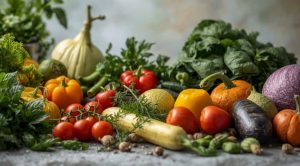
Exploring Garden Fresh Ingredients That Transform Everyday Cooking
Discover the power of Garden Fresh ingredients and how they elevate everyday dishes with vibrant flavors and natural richness.

The Ultimate Comfort Plate Recipe That Warms Every Season
Discover the perfect Comfort Plate recipe designed to warm your days with rich flavors, simple techniques, and heartful cooking inspiration.
